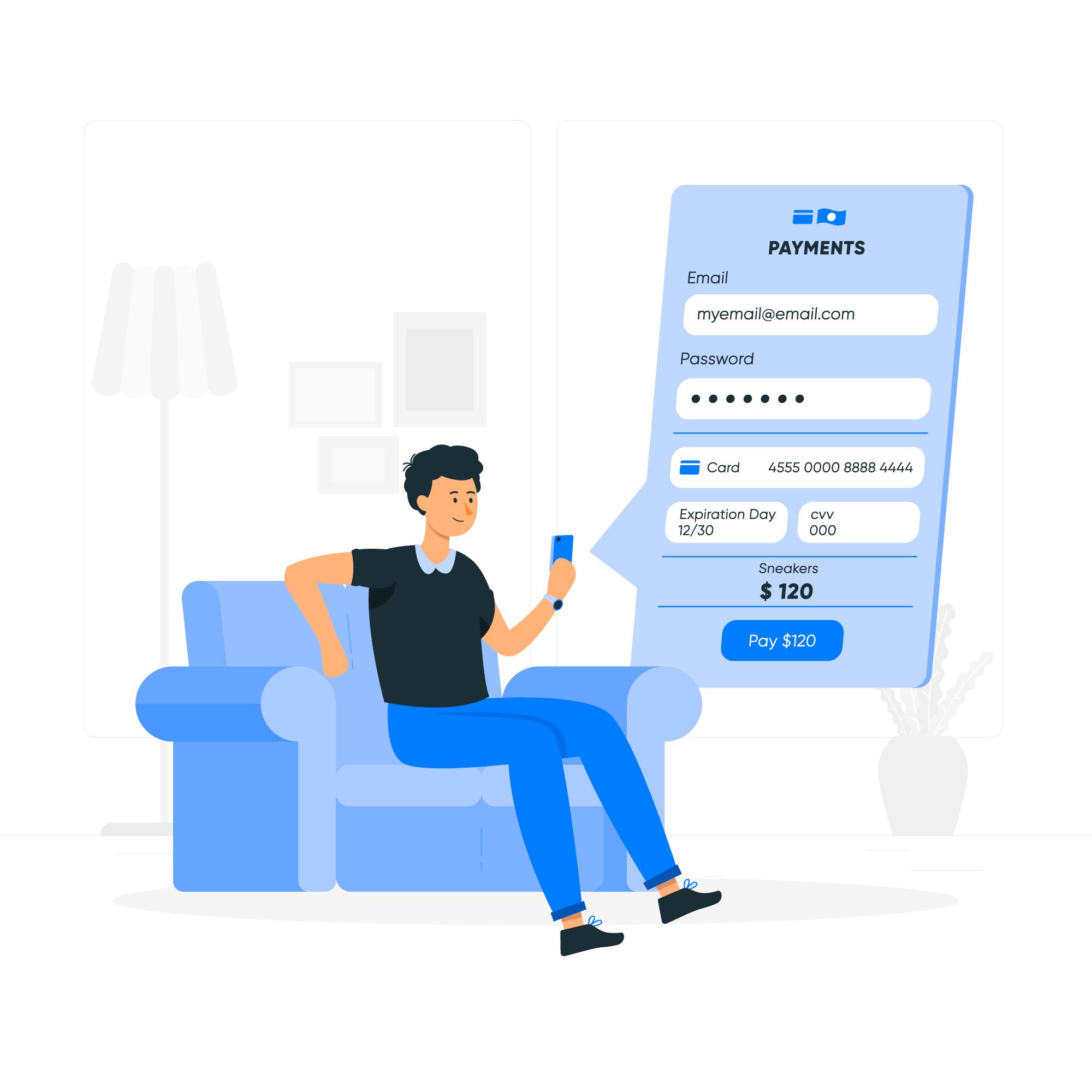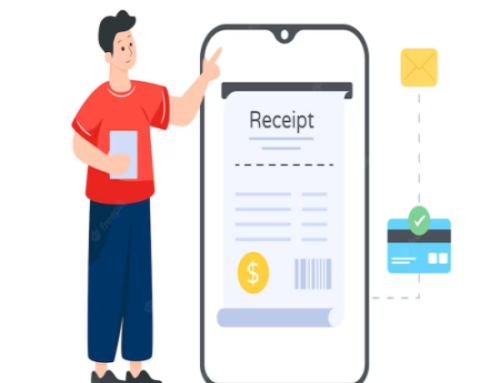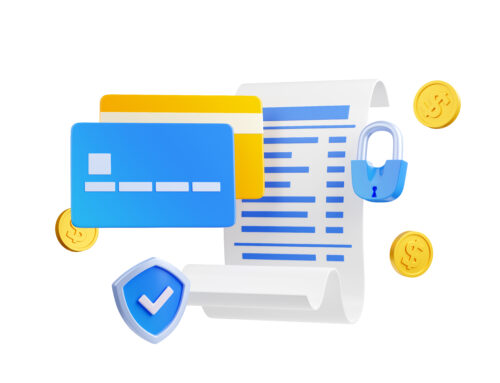it is imperative for both individuals and businesses to effectively manage receipts. An effective resolution to this recurring problem involves the use of proficient methods for managing receipts. This article delves into the diverse facets of Receipt Management, its advantages, and the strategies and tools that can be implemented to optimize this process, thereby reducing paperwork and enhancing overall efficiency.
Comprehension of Receipt Management
The systematic management of receipts, from their initial collection to storage, retrieval, and eventual disposal, is the essence of receipt management. This procedure is indispensable for the purposes of maintaining financial accountability, filing taxes, and monitoring expenditures. Receipt management that is effective can improve the veracity of financial reporting, reduce clutter, and save time.
The Significance of Receipt Management
- Tax Compliance: Tax compliance necessitates the implementation of effective receipt management. Proof of expenses is provided by receipts, which are essential for the purpose of claiming credits and deductions. Disallowed deductions and potential penalties during audits may result from misplaced or illegible receipts.
- Expense Tracking: It is imperative for both individuals and businesses to monitor expenses in order to facilitate financial planning and budgeting. Detailed records of purchases are provided by receipts, which aid in the monitoring of spending patterns and the identification of areas for cost-cutting.
- Reimbursement Claims: Receipts are frequently required by employees in order to claim reimbursements for business-related expenses. Efficient receipt administration guarantees that all claims are substantiated by appropriate documentation, thereby facilitating the efficient processing of reimbursements.
- Audit Preparedness: Tax authorities and other regulatory bodies conduct audits of businesses. Receipt management systems that are well-organized guarantee that all essential documentation is easily accessible, thereby minimizing the time and tension associated with audit preparation.
Obstacles to Conventional Receipt Management
The major methods for managing receipts traditionally entail the gathering and retention of tangible receipts. This method presents numerous obstacles:
- Storage Issues: The accumulation of physical receipts can occur rapidly, necessitating a substantial amount of storage space. They may become disorganized over time, which can complicate the process of retrieval.
- Damage and Loss: Moisture, fading, shredding, and other physical factors can cause damage to paper receipts. Furthermore, they are susceptible to being misplaced or forgotten.
- Errors in Manual Entry: The process of manually inputting receipt details into accounting systems is both time-consuming and susceptible to human error. Financial discrepancies and reporting issues may result from data entry inaccuracies.
- Environmental Impact: The utilization of paper receipts contributes to environmental degradation and deforestation. Paper consumption and its environmental consequences can be substantially diminished by transitioning to digital receipt management.
Solutions for Digital Receipt Management
The challenges of traditional methods can be addressed and a multitude of benefits can be obtained by adopting digital receipt management solutions. Here are a few digital tools and strategies that are effective for the uncomplicated management of receipts:
- Receipt Scanning Apps: Utilizing smartphone cameras, users can scan and digitize their receipts with applications such as Shoeboxed, Receipt Bank, and Expensify. These applications frequently include automatic data extraction, categorization, and integration with accounting software.
- Cloud Storage: The convenience of accessing and retrieving digital receipts from any location at any time is guaranteed by storing them in cloud-based platforms such as Google Drive, Dropbox, or OneDrive.
- Expense Management Software: QuickBooks, Xero, and FreshBooks are examples of comprehensive expense management software that provide integrated receipt management capabilities. Streamlining the entire process, these platforms allow users to submit, categorize, and match receipts with corresponding transactions.
- Optical Character Recognition (OCR) Technology: This technology transforms scanned images of receipts into searchable and editable text.
- Automated Workflows: Automation tools can be configured to manage receipt workflows, including the capture, categorization, approval, and archiving processes.
Establishing an Effective Receipt Management System
The subsequent procedures should be taken into account in order to establish an efficient receipt management system:
- Assess Needs and Goals: Assess your receipt management requirements in relation to the volume of receipts, the complexity of expense monitoring, and compliance requirements. Establish explicit objectives for the objectives you wish to accomplish with the implementation of a new system.
- Select the Appropriate Tools: Choose digital tools and software that are compatible with your requirements and integrate seamlessly with your current accounting systems. Look for features such as robust customer support, automation capabilities, and simplicity of use.
- Digitalize Existing Receipts: Begin by scanning and digitizing your current physical receipts. Categorize them and upload them to the digital platform of your choice.
- Establish Consistent Processes: Establish consistent procedures for the collection, organization, and storage of receipts. In order to guarantee uniformity and conformance throughout the organization, employees must be instructed on these procedures.
- Review and Monitor: Conduct consistent evaluations of the efficacy of your receipt management system. Periodically evaluate processes and instruments to identify areas for enhancement and guarantee that they continue to satisfy your changing requirements.
Advantages of Digital Receipt Management
- Time Savings: The time required for manual data entry and organization is significantly reduced by automated receipt management. This enables enterprises and individuals to concentrate on activities that generate greater value.
- Enhanced Accuracy: The use of digital tools reduces the number of human errors in data entry and categorization, thereby guaranteeing that financial records and reporting are more precise.
- Enhanced Accessibility: Digital receipts can be swiftly retrieved and accessed from any device with internet connectivity. This level of accessibility is especially beneficial for firms that have several locations and teams that work remotely.
- Cost Efficiency: Cost savings can be achieved by reducing the need for physical storage space and minimizing the risk of lost receipts. Furthermore, administrative expenses may be mitigated through the implementation of digital systems that optimize reimbursement and auditing procedures.
- Environmental Benefits: The transition to digital receipt management reduces paper utilization, which contributes to corporate social responsibility and environmental sustainability objectives.
Read More: How to utilize receipts to enhance post-purchase marketing







